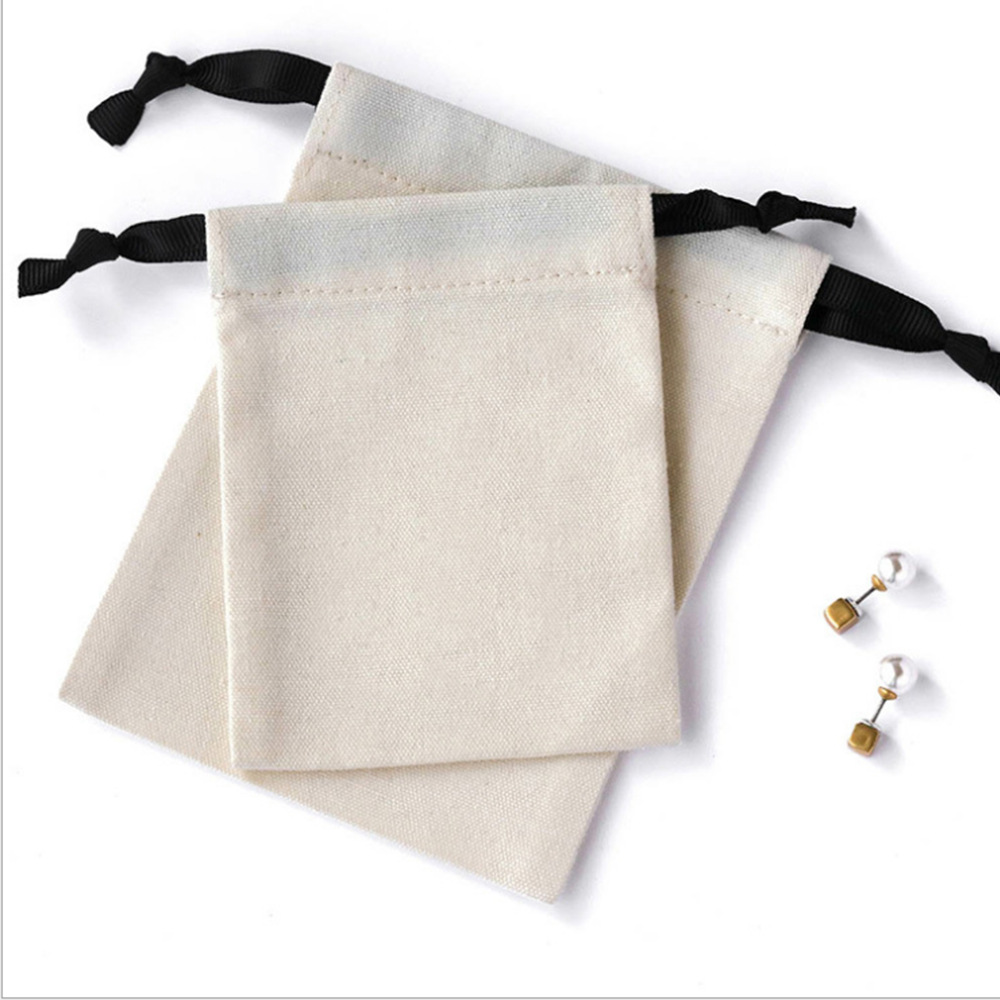How to Prevent Wrinkling in Drawstring Bag Packaging
In international logistics, wrinkles caused by compression and friction have become a hidden killer affecting customer satisfaction with drawstring bag exports. Even packaging that appears flat and pristine at the factory can develop irreversible creases by the time it reaches clients, especially after exposure to maritime humidity or air freight pressure fluctuations.
After long-term tracking of 37 shipment batches, we found that 90% of wrinkling issues stem from improper pre-treatment and flawed packaging structure. This article breaks down anti-wrinkle strategies throughout the entire process—from workshop production to container loading—and presents 18 low-cost, field-tested solutions. Key aspects include fabric rest management, staggered stacking techniques, and adaptive packaging for various environmental conditions, helping small and medium-sized manufacturers achieve professional-level wrinkle prevention using everyday materials.
1: Wrinkle Prevention During Production
1.1 Fabric Resting Period Management
- Freshly produced synthetic fabric must rest
- Rest ≥72 hours after production to stabilize molecular structure.
- ▶ Common mistake: immediate packaging after production.
- Humidity balance techniques
| Fabric Type |
Ideal Relative Humidity |
Balancing Time |
| Polyester |
45% RH |
24 hours |
| Canvas |
55% RH |
36 hours |
- Tool Recommendation: Plastic container + hygrometer (approx. ¥80 cost)
1.2 Key Points During Sewing to Prevent Wrinkles
- Thread tension adjustment formula
- Bobbin tension = top thread tension × 0.8 (suitable for most drawstring bags)
- ▶ Case study: Tension imbalance increased wrinkling rate by 40%
- Presser foot temperature control
- Safe working temperatures by fabric type:
- Nylon: ≤130°C
- Canvas: ≤150°C
- Use an infrared thermometer to randomly check every 2 hours.
2: 3 Simple Pre-Treatment Steps
Hang-Drying Method
- Do not pack freshly sewn bags immediately—hang them like drying laundry for 24 hours.
- Tip: Pull cords fully tight so the bag hangs naturally.
Book Press Method
- Insert old thick books or cardboard between every 10 stacked bags.
- Cost-saving tip: Reuse returned defective products as pressing boards.
Plastic Wrap Moisture Protection
- In rainy seasons, wrap kitchen-grade plastic wrap around the bag before packing—especially metal hardware.
- Caution: Don't wrap too tightly; leave ventilation gaps.
3: Four Practical Packing Methods
Method 1: Rolled Packing (Best for Small-Sized Bags)
- Roll bags like scrolls.
- Secure every 5 cm with rubber bands.
- Insert into PVC tubes (leftover construction materials work well).
Method 2: Staggered Stacking (Universal Method)
- Place the first layer flat, rotate the second layer 90 degrees.
- Insert one piece of corrugated cardboard after every 20 bags (recycled drink boxes work great).
- Comparison: 60% fewer crease marks than traditional stacking.
Method 3: Scrap Fabric Fill

- Stuff unused inventory or scrap fabric inside the bags.
- Dual function: wrinkle prevention + free filler.
- Customer praise: U.S. client described the unboxing experience “like opening a gift.”
Method 4: Bubble Wrap Strips
- Don’t wrap the entire bag; cut wrap into strips and wrap only around cord areas.
- Fix using staples (more eco-friendly than tape).
4: In-Transit Anti-Wrinkle Tips
- Carton Reinforcement Hack
- Attach vertical cardboard strips to the inside of the box to form a support frame.
- Use shredded paper at the bottom (cheaper than foam beads).
- Essential Moisture Control
- Add one food-grade desiccant pack + two camphorwood chips (moisture + insect protection).
- During rainy season, label cartons with “This Side Up” (A4 paper) to reduce mishandling.
- Cost-Effective Courier Combo
- For small air shipments: use document sleeves instead of cartons.
- For large sea shipments: hang moisture absorbers in all four container corners.
5: No More Awkward Moments During Inspection
- Photo Documentation
- Take 6 photos before loading: 4 corners + top view + interior.
- Mark cartons with chalk for easy inspection (e.g., draw stars as reference points).
- Emergency Wrinkle Rescue
- Include a steam eye mask sample with shipments and teach customers to apply it to creased areas.
- Add a bilingual card: "Hang overnight to restore shape."
Conclusion
Preventing wrinkles in drawstring bags during transport is essentially a system of physical and environmental control. By implementing simple yet effective measures—such as fabric resting, gravity-assisted de-wrinkling, and three-dimensional cushioning structures—factories can significantly reduce creasing risks in transit.
Focus on these three core principles:
- Leverage fabric’s natural characteristics (e.g., synthetic rebound) rather than resorting to forceful packaging.
- Build a tiered protection system (pre-treatment at production → optimized packaging structure → transportation adaptation).
- Integrate cost-saving strategies into every stage (e.g., using egg trays instead of foam fillers).
In practice, systematically applying these basic anti-wrinkle solutions can reduce over 80% of shipping-related damage claims. It is equally important to regularly collect customer inspection feedback to continuously refine packaging details—this is how differentiated quality barriers are built in a competitive market.




 We like to do design according to all the customers' requirements, or offer them our new designs. With strong OEM/ODM capabilities, we can fill your sourcing demands.
We like to do design according to all the customers' requirements, or offer them our new designs. With strong OEM/ODM capabilities, we can fill your sourcing demands.